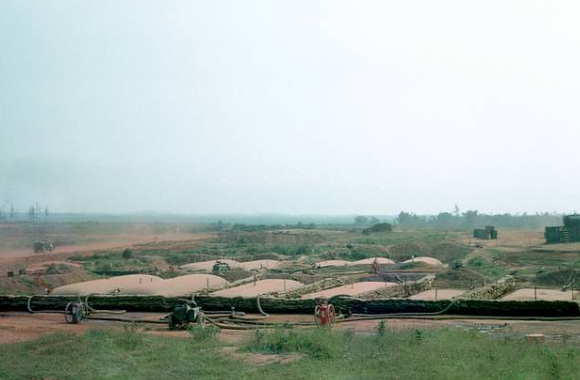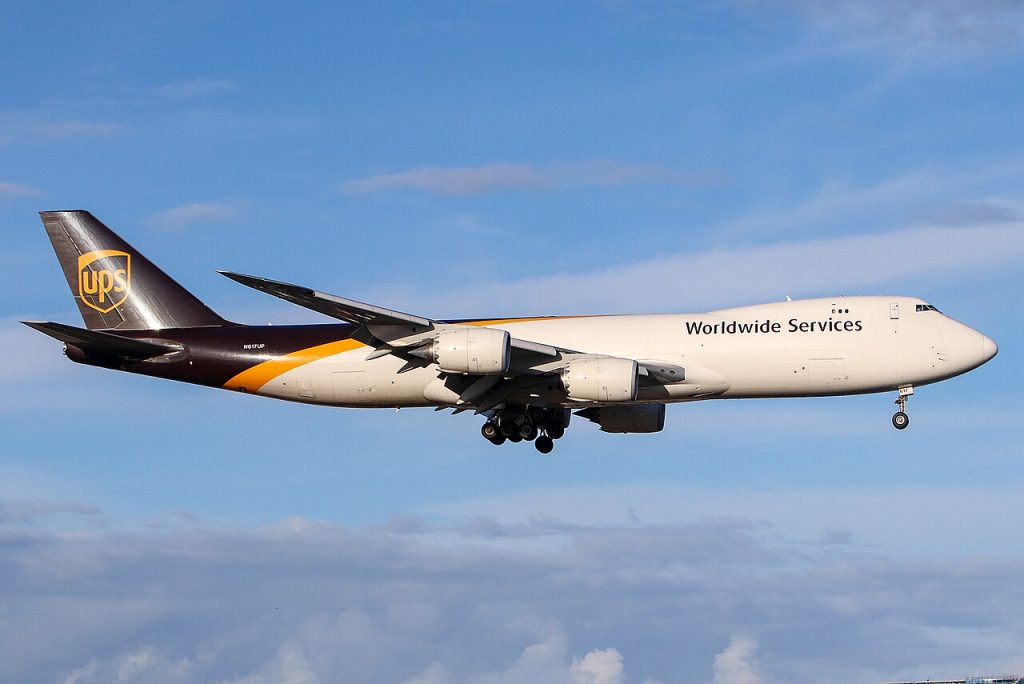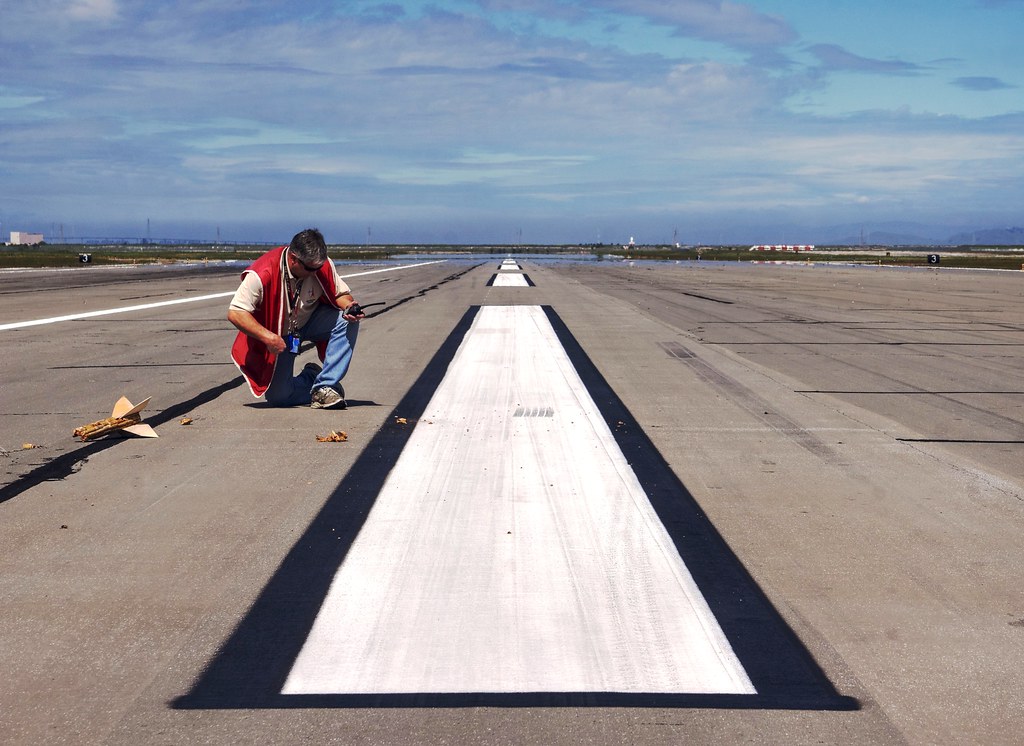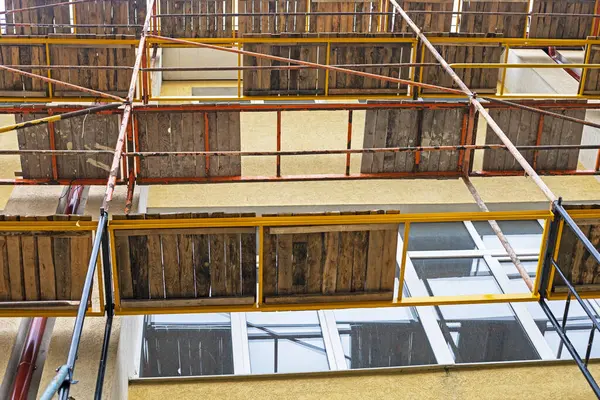
It is in the wake of such disasters that the human spirit often shows its most resilient face. Now, Louisville lives in that reality following the catastrophic crash of UPS Flight 2976, a McDonnell Douglas MD-11 headed towards Honolulu, which exploded as a huge fireball just seconds after takeoff from Muhammad Ali International Airport, with at least eleven lives in total taken, according to officials, the number likely to rise, leaving rubble across businesses and neighbourhoods.

1. Timeline and Early Indicators of Cause
The crash occurred at approximately 5:14 p.m. Tuesday, veering off the runway and into several buildings, including Kentucky Petroleum Recycling and Grade A Auto Parts. Surveillance video obtained by the National Transportation Safety Board shows the left engine breaking off during the takeoff roll, whereafter the aircraft briefly became airborne before slamming to the ground. Loaded with 38,000 gallons of fuel, the subsequent fire burned a swath almost half a mile wide. Though the cockpit voice recorder and flight data recorder have been recovered, investigators say it’s still too early to pinpoint an absolute cause.

2. Large-scale Emergency Response
Governor Andy Beshear called the operation to put out the flames “incredible” and saluted work by more than 200 first responders, representing more than twenty fire departments. Supplies of foam came in from Lexington, Cincinnati/Northern Kentucky International Airport and Bardstown to fight the heavy fuel-fed flames. Departments from other counties backfilled stations so no one area went uncovered. Louisville Mayor Craig Greenberg described the scene as “devastating beyond words,” saying there had been seamless cooperation between local, state and federal agencies.

3. Safety Measures for Area Residents
A shelter-in-place order was initially issued for a five-mile radius, before being scaled back to a quarter-mile radius once air monitoring became more precise. The others closer to the immediate zone have been advised to avoid drinking tap water until environmental testing confirms it’s safe. On the whole, officials said Louisville residents outside of those areas do not need to be concerned about air and water quality. The Energy and Environment Cabinet is coordinating with city agencies to monitor any contamination concerns.

4. Health Risks from Jet Fuel and Emissions
With the given intensity of the fire, exposure to combustion products of jet fuel may occur. The combustion of kerosene-type fuels, such as Jet A-1, can produce ultra-fine particles, VOCs, and PAHs, which could be responsible for respiratory irritation and other health effects. Longer-term exposures of such fumes have been linked with an increased risk of developing asthma and cardiovascular problems, especially for those living or working near an airport.

5. Emotional Impact and Coping Strategies
It can also cause anxiety, disturbed sleep, and lingering fear from just watching such a large-scale disaster. Specialists in mental health emphasise, however, how important it is to avoid repeated exposure to disturbing images, stick to routines, and being with friends and family for support. Children require open conversations about safety; this means largely reassurance. The American Psychiatric Association says one should seek professional help if these symptoms interfere with daily functioning for more than a few weeks.

6. Community Resilience and Relief Efforts
Governor Beshear declared a state of emergency immediately, aiming to mobilize resources more swiftly to get reimbursement of response costs. The Team Kentucky Emergency Relief Fund was activated, and donations have been earmarked to deal with funeral expenses, recovery, and rebuilding. Other local businesses, which hadn’t been affected by the blast-a restaurant right next to the site, for example-had opened their doors to feed first responders free of charge. Congressman Morgan McGarvey saluted the “headfirst bravery” of crews who fought flames he described as “intensely hot and raining down oil”

7. UPS Operations and Supply Chain Impact
UPS Worldport, the company’s largest sorting hub-capable of processing 416,000 packages an hour-was shut down Tuesday night. Experts say each outbound cargo plane moves upwards of 10,000 to 13,000 packages. UPS started diverting flights to regional hubs on Tuesday and is working hard to get back to full capacity ahead of the peak holiday shipping season. It urged customers to track packages online and be ready for possible rescheduling.

8. Transition from Rescue to Recovery
Officials have transitioned from rescue mode to recovery mode due to the dangerous nature of the debris field and low expectation for finding survivors. The FBI is now helping the NTSB catalog wreckage, and anyone finding debris should contact investigators. Night operations will be limited for responder safety, while the current focus is to identify victims and clear hazards.

9. Long-term Recovery and Preparedness
Recovery will go beyond rebuilding structures. ASPR’s Recovery Division says disaster recovery needs to shore up health systems, environmental safety, and community resilience as well. Louisville’s response government leadership combined with community support and federal resources served as a foundation both for healing and being better prepared against future emergencies. Even as Louisville mourns, the unity of the city in action reflects a truth survivors of past disasters know well: recovery is a marathon, but with compassion and cooperation, communities can emerge stronger than before.


